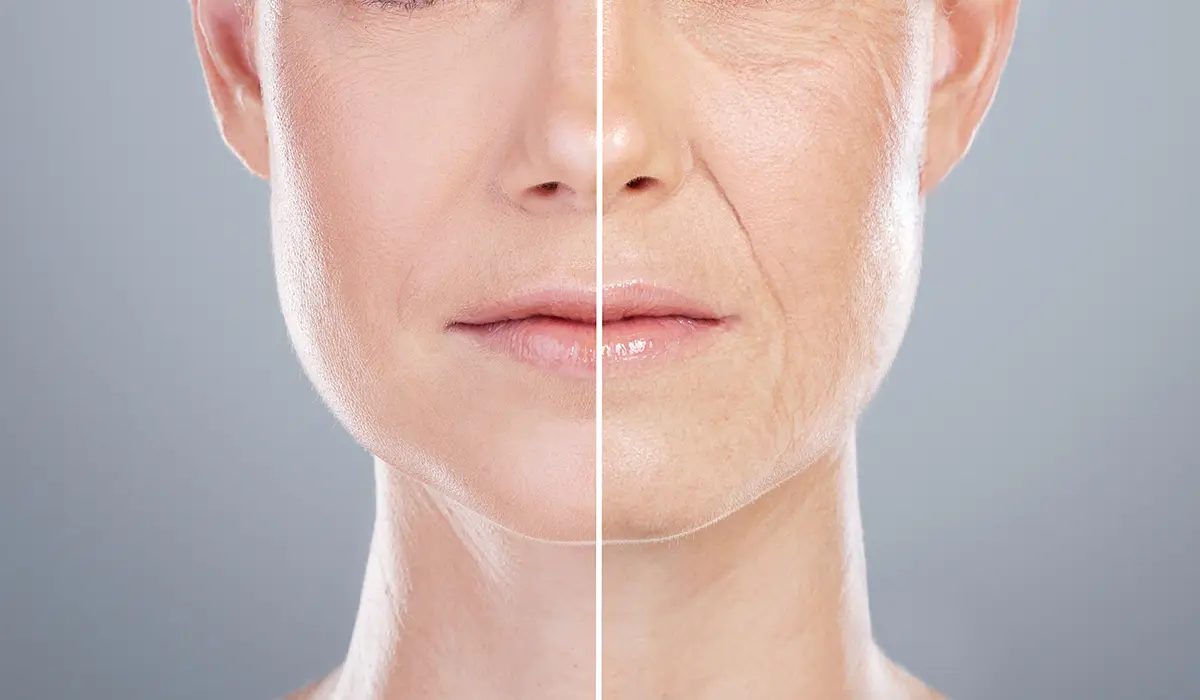
How FaceTite Technology Works: The Science Behind the Skin-Tightening Technology
In recent years, non-surgical facial rejuvenation has become one of the most sought-after aesthetic solutions in the UK. Among the advanced treatments gaining traction is FaceTite technology, a revolutionary skin-tightening procedure that uses radiofrequency-assisted lipolysis (RFAL) to achieve impressive results without the need for invasive surgery. But how does FaceTite actually work? Let’s dive into the science behind this cutting-edge technology and explore why so many people are turning to it as a safer alternative to the traditional facelift.
What Is FaceTite Technology?
FaceTite is a minimally invasive procedure designed to contour and tighten the skin, particularly in the face and neck. It is often referred to as a “non-surgical facelift” due to its ability to deliver facelift-like results without the scalpel, stitches, or extended downtime. The treatment is especially effective for patients experiencing early signs of ageing, such as sagging jowls, loss of jawline definition, and mild to moderate skin laxity.
The Science Behind FaceTite: Radiofrequency-Assisted Lipolysis (RFAL)
The core technology behind FaceTite is radiofrequency-assisted lipolysis. This process combines the benefits of fat reduction with targeted skin tightening, all through the use of radiofrequency (RF) energy.
During the procedure, a small probe is inserted beneath the skin via a tiny incision, while an external electrode glides over the surface. The internal and external components work together to deliver controlled radiofrequency energy deep into the skin’s layers. This dual action allows the energy to safely heat the underlying tissue and stimulate collagen production.
Key Biological Processes Involved
Several biological mechanisms come into play during and after the FaceTite procedure:
- Collagen Denaturation: The RF energy heats the dermis to a precise temperature, causing collagen fibres to contract and tighten immediately.
- Neocollagenesis: In the weeks following treatment, the body naturally produces new collagen, leading to ongoing improvements in skin tone and texture.
- Adipose Tissue Remodelling: The radiofrequency energy also gently liquefies small pockets of fat, allowing for subtle contouring of areas such as the jawline or lower face.
Why FaceTite Technology Is So Effective
The success of FaceTite lies in its ability to simultaneously address both fat reduction and skin laxity — two major contributors to facial ageing. Traditional non-invasive treatments often focus on just one of these issues, but FaceTite targets both.
Here’s why patients and practitioners alike appreciate the technology:
- Precision: The device allows for real-time temperature monitoring, ensuring that the heat stays within a safe range and avoiding damage to surrounding tissues.
- Minimally Invasive: Unlike a surgical facelift, there are no large incisions or extensive downtime. Most patients resume normal activities within a few days.
- Natural Results: Because the treatment works with your body’s natural collagen production, results appear gradually, which makes them look more organic and less “done.”
Who Is an Ideal Candidate?
FaceTite is best suited for individuals in their 30s to 60s who are starting to notice the effects of ageing but are not ready for — or do not want — surgical intervention. Common concerns that can be addressed with FaceTite include:
- Sagging skin around the cheeks and jawline
- Loose skin under the chin or neck
- Loss of definition in the lower face
- Fine lines and wrinkles
During a consultation, a qualified aesthetic practitioner will assess your skin quality, goals, and medical history to determine if FaceTite is appropriate for you.
What to Expect During the Procedure
The FaceTite procedure typically takes between 45 minutes to 1.5 hours, depending on the treatment area. Local anaesthesia is used to keep patients comfortable throughout.
After the treatment:
- You may experience mild swelling, bruising, or tenderness.
- A compression garment may be recommended to support healing.
- Results start to become visible within a few weeks and continue to improve over 3 to 6 months.
How Long Do Results Last?
Results from FaceTite can last up to five years, depending on factors such as age, skin condition, and lifestyle habits. While it doesn’t stop the ageing process entirely, it significantly delays the need for more invasive treatments.
Maintaining a healthy lifestyle, using SPF daily, and undergoing occasional top-up treatments (like Morpheus8 or skin boosters) can help prolong your results.
FaceTite in the UK: Is It Safe and Regulated?
In the UK, FaceTite is available at CQC-registered aesthetic clinics and is performed by qualified doctors or nurses with specialised training in RFAL technology. The treatment has been approved by CE standards, meaning it meets strict safety and efficacy requirements for medical devices in Europe.
As with any cosmetic procedure, it’s crucial to choose a reputable clinic with a strong track record and client testimonials. A consultation should always be carried out before treatment to ensure suitability and manage expectations.
Conclusion
FaceTite is a powerful, scientifically-backed option for anyone seeking facial rejuvenation without the commitment of surgery. By harnessing the power of radiofrequency energy to stimulate collagen and gently remodel fat, it offers a comprehensive approach to tackling the visible signs of ageing. For those in the UK looking for a safe, effective, and minimally invasive skin-tightening solution, FaceTite is well worth considering.
For more information on FaceTite Technology contact Cambridge Clear Beauty.
